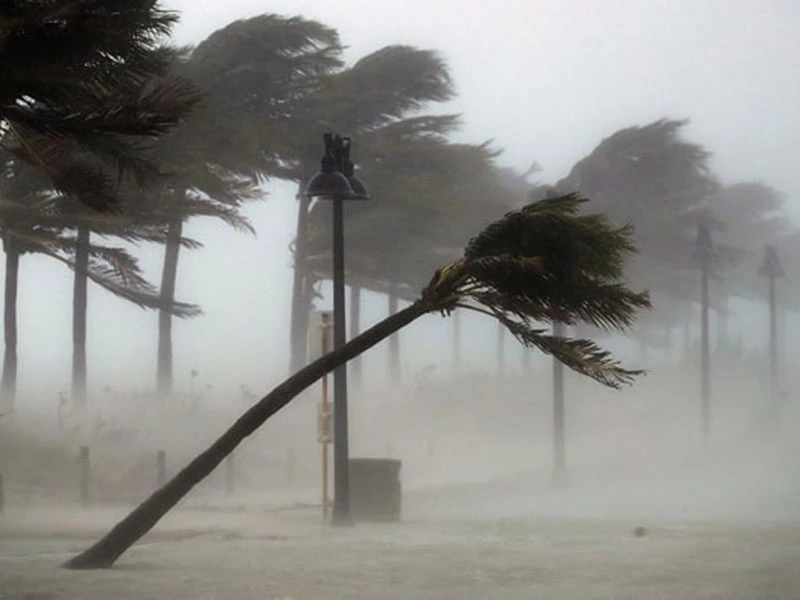Kenyans should brace for continued chilly and wet weather as the Kenya Meteorological Department (KMD) forecasts persistent rains and low temperatures across various parts of the country. According to the latest update, the conditions will prevail from Tuesday, July 15 to Monday, July 21, 2025, with the cold spell likely to extend into August.
The Central Highlands, Lake Victoria Basin, Rift Valley, Western, and Northwestern Kenya are expected to receive sustained rainfall throughout the week. In addition, the Highlands East and West of the Rift Valley, Nairobi, and the Southeastern Lowlands will experience cold and cloudy weather. Early mornings and late evenings may be characterized by fog and light drizzles.
The Met Department has raised health concerns over the chilly conditions, noting that the cold may lead to an increase in respiratory illnesses. Citizens are urged to stay warm, wear layered clothing, and ensure their homes are well-ventilated to reduce the risk of illness.
Daytime temperatures are expected to rise above 30°C in Northeastern and Northwestern Kenya, offering some warmth in otherwise dry and sunny regions. However, parts of the Central Highlands, the Rift Valley, and areas near Mt. Kilimanjaro will record night-time temperatures below 10°C, increasing the need for proper insulation and heating at night.
Strong winds exceeding 25 knots (12.86 m/s) are also anticipated, particularly along the Coast, the Southeastern Lowlands, and Northwestern Kenya. These winds may disrupt maritime activities and affect light structures in vulnerable regions.
The July 2025 Climate Outlook, released earlier by KMD, predicts near to above-normal rainfall in areas such as the Lake Victoria Basin, both western and eastern Highlands of the Rift Valley, Central and Southern Rift Valley, and parts of Northwestern Kenya.
Conversely, counties in the Northeastern and Southeastern lowlands including Mandera, Garissa, Kitui, and Makueni will remain predominantly dry. While some cloudiness may occur near hilly regions, the continued dry spell could worsen water scarcity. Residents in these areas are advised to conserve water and adopt efficient usage practices.
Kenyans are encouraged to monitor daily weather updates and take necessary precautions to stay safe and healthy.

